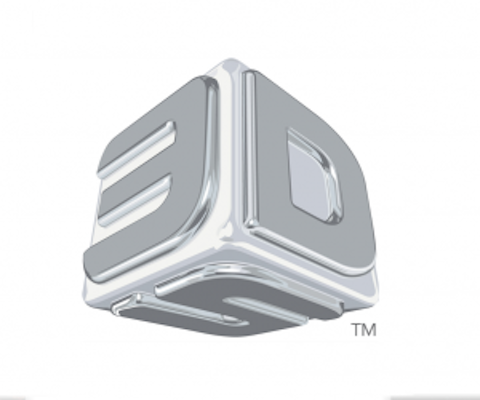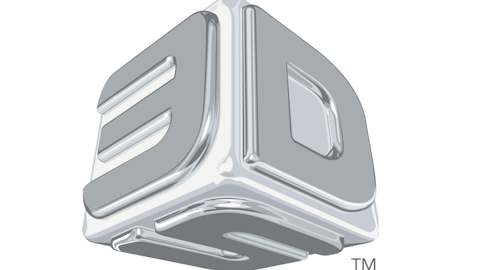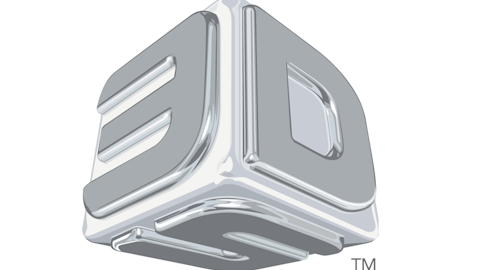
The bear case
Fool contributor Alex Planes makes the case that investors reacted reasonably and negatively to a few numbers in the earnings report. He points out that the projected 2013 growth rates are significantly slower than 2012’s growth rates. Alex also notes that despite growing 54% year-over-year and beating analyst estimates for full-year 2012 revenue, 3D Systems Corporation (NYSE:DDD)’ fourth-quarter revenue came in 2.2% lower than analyst estimates, at $101.6 million rather than the expected $103.9 million.
Alex attributes slowing growth to 3D Systems Corporation (NYSE:DDD)’ aggressive strategy of purchasing competitors. In 2012, 3D Systems Corporation (NYSE:DDD) enjoyed 54% growth but only 22% organic growth. With acquisitions acting as the company’s growth engine, Alex rightfully concludes that there are only so many companies 3D Systems Corporation (NYSE:DDD) can buy, putting a ceiling on growth prospects.
The bull case
On the other hand, Fool contributor Steve Heller urges investors to be patient, arguing that the long-term thesis for 3-D printing remains intact despite temporarily slowing growth. Three-dimensional printing will be a $6.5 billion industry by 2019, from only $1.7 billion in 2011. That’s a strong and growing market, and Steve argues that 3D Systems is among the best-positioned companies to capitalize on it.
So who’s right? Maybe both. Wall Street would obviously like to see growth rates steady or increasing, rather than dropping, and that could account for a short-term sell off. However, over the week 3D Systems actually made up most of the ground it lost on Monday, closing Friday down only 3%. That indicates that not much about the long-term thesis has changed.
Get while the gettin’s good
It’s true that 3D Systems’ rapid acquisitions policy has fueled growth, but I’m not sure this is a bad thing. One charge frequently lobbed at the big 3D printers, 3D Systems and Stratasys, Ltd. (NASDAQ:SSYS) , is that even though the 3-D printing market is growing rapidly, the industry is pretty fragmented and there’s no telling who the eventual winners will be. However, investors looking to capitalize on the broad trend have limited options in getting exposure to this market, so many of them have piled into 3D Systems and Stratasys, pushing their share prices to astronomical heights.
You can look at this as the start of a bubble, but 3D Systems and Stratasys are both using their lofty stock prices to aggressively consolidate the market. Stratasys’ share price propped up an influential merger with major provider Objet, while in 2012 alone 3D Systems raised $107 million from common stock offerings to deploy for acquisitions. If management can continue to use their bubbly stock prices to firm up market share in an undeniably fast-growing market, I think investors today will be rewarded for bidding up shares.
Split decision
So what accounts for the past week’s dramatic price swings? This isn’t the most popular opinion, but I suspect that 3D Systems’ oddly timed 3-for-2 stock split had something to do with the sell-off. 3D Systems didn’t just increase the number of shares outstanding by 50% on the same day of its earnings release, it also released its earnings report to analysts only 20 minutes before hosting the earnings call. This is highly unusual, and it didn’t give analysts a lot of time to examine the earnings numbers, something CEO Abraham Reichental got chastised for on the call. This might have led hurried investors to compare Wall Street earnings per share pre-split estimates with actual results and management guidance that reflected post-split numbers.


